Home>Maintenance & Safety>Pest Control Solutions>When Are Yellow Jackets Active
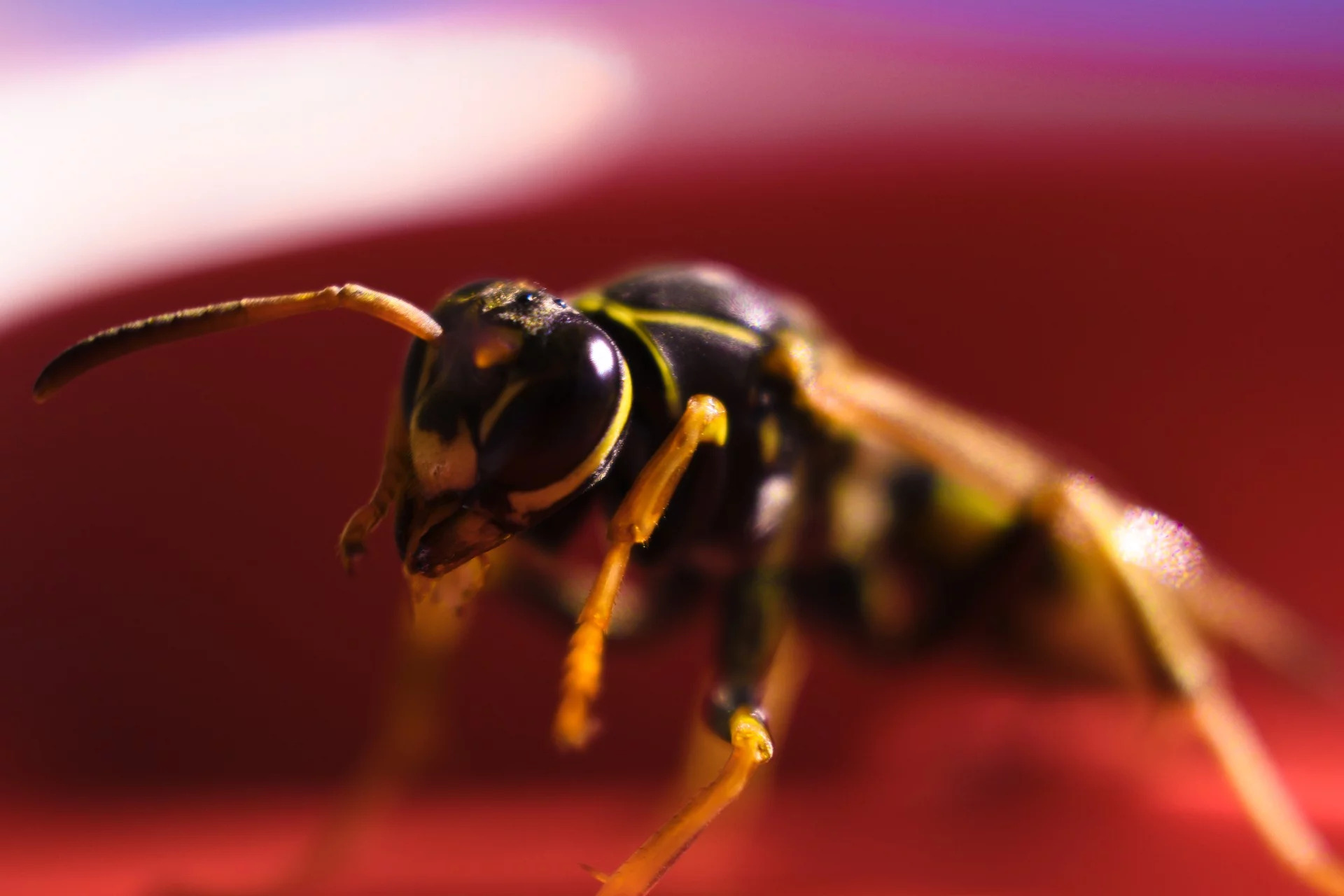

Pest Control Solutions
When Are Yellow Jackets Active
Published: February 13, 2024
Learn when yellow jackets are most active and how to control them with effective pest control solutions. Keep your home and yard safe from these stinging insects.
(Many of the links in this article redirect to a specific reviewed product. Your purchase of these products through affiliate links helps to generate commission for Storables.com, at no extra cost. Learn more)
Introduction
Yellow jackets are a common and often unwelcome sight during the warmer months. These aggressive insects, known for their distinctive yellow and black markings, are a type of predatory wasp that can cause distress and danger to humans and animals alike. Understanding the behavior and activity patterns of yellow jackets is crucial for effectively managing and mitigating potential encounters.
Yellow jackets are social insects that live in colonies, typically constructing their nests in underground burrows, hollow trees, or even within the walls of buildings. Their colonies can consist of thousands of individuals, each with a specific role in maintaining the nest and caring for the young. Unlike honeybees, which are vital pollinators, yellow jackets are primarily carnivorous, preying on other insects and scavenging for protein-rich food sources.
These insects are known for their aggressive nature, especially when their nest is disturbed or when they perceive a threat to the colony. Their ability to sting repeatedly, coupled with the release of alarm pheromones that signal other yellow jackets to join the attack, makes them formidable adversaries. As a result, it's essential to be aware of their behavior and activity patterns to minimize the risk of encountering them and to take appropriate precautions when necessary.
In this article, we will delve into the factors influencing yellow jacket activity, including the time of year and day when they are most active. By gaining insights into their behavior and habits, individuals can better protect themselves and their surroundings from potential yellow jacket encounters. Understanding the nuances of yellow jacket activity can also aid in the development of effective pest control strategies, ensuring a safer and more harmonious coexistence with these fascinating yet formidable insects.
Key Takeaways:
- Yellow jackets are most active during warm, sunny days in spring and summer, especially during late morning and early afternoon. Understanding their behavior helps minimize encounters and stay safe outdoors.
- Yellow jacket activity is influenced by factors like food availability, nest development, and predator threats. Being aware of these factors can help people and pest control professionals manage encounters and coexist safely.
Read more: When Do Yellow Jackets Come Out
Yellow Jacket Behavior
Yellow jackets, scientifically classified as Vespula spp. and Dolichovespula spp., exhibit complex and fascinating behavior patterns that contribute to their reputation as formidable insects. Understanding their behavior is crucial for minimizing potential encounters and effectively managing their presence in various environments.
These social insects are highly organized within their colonies, with distinct roles assigned to different members. The queen, responsible for reproduction and laying eggs, holds a central position in the colony's hierarchy. Worker yellow jackets, sterile females, undertake tasks such as foraging for food, caring for the young, and defending the nest. Their ability to sting multiple times, coupled with their aggressive defense of the colony, makes them a force to be reckoned with.
Yellow jackets are known for their carnivorous nature, preying on a variety of insects and scavenging for protein-rich food sources. This dietary preference sets them apart from other stinging insects, such as honeybees, which primarily feed on nectar and play a crucial role in pollination. The scavenging behavior of yellow jackets often brings them into close proximity with human activities, leading to potential conflicts and encounters.
The construction of yellow jacket nests is another intriguing aspect of their behavior. These nests are typically built in protected locations, such as underground burrows, hollow trees, or even within the walls of buildings. The intricate architecture of the nest, constructed from chewed wood fibers mixed with saliva, provides a secure environment for the colony. However, the proximity of these nests to human-inhabited areas can pose challenges and safety concerns, especially during peak activity periods.
One of the most notable traits of yellow jackets is their aggressive defense of the nest. When the colony perceives a threat, whether real or perceived, the insects can swiftly mobilize to protect their home. The release of alarm pheromones signals other yellow jackets to join the defense, often resulting in swarming behavior and multiple stinging incidents. This defensive behavior underscores the importance of understanding yellow jacket activity patterns and taking appropriate precautions to avoid confrontations.
In summary, the behavior of yellow jackets is characterized by their social structure, carnivorous diet, nest construction, and aggressive defense mechanisms. By gaining insights into these behavior patterns, individuals can better anticipate and mitigate potential interactions with yellow jackets, ultimately fostering a safer and more harmonious coexistence with these remarkable insects.
Factors Affecting Yellow Jacket Activity
Several factors influence the activity levels and behavior of yellow jackets, playing a significant role in determining when and where these insects are most active. Understanding these factors is essential for implementing effective pest management strategies and minimizing potential encounters with yellow jackets.
-
Environmental Conditions: Yellow jacket activity is closely tied to environmental factors such as temperature, humidity, and sunlight. Warmer temperatures generally promote increased activity, as these insects are more active during the spring and summer months. Additionally, higher humidity levels can contribute to heightened foraging and nest maintenance behaviors. Sunlight also plays a role, as yellow jackets tend to be more active during daylight hours, particularly during sunny and warm conditions.
-
Food Availability: The availability of food sources significantly impacts yellow jacket activity. These insects are opportunistic feeders, preying on other insects and scavenging for protein-rich foods. As such, areas with abundant insect populations or accessible food waste may experience higher yellow jacket activity. Additionally, outdoor gatherings and picnics can attract yellow jackets due to the presence of food and sugary beverages.
-
Nest Development: The stage of nest development within a yellow jacket colony can influence their activity patterns. Early in the season, when the colony is establishing itself, yellow jackets may exhibit more exploratory behavior as they forage for resources to build and maintain the nest. As the colony matures, the focus shifts to foraging for food and caring for the young, leading to increased activity levels.
-
Predator Threats: The presence of natural predators, such as birds, mammals, and other insects, can impact yellow jacket activity. When faced with potential threats, yellow jackets may alter their foraging and defensive behaviors, becoming more vigilant and defensive. Conversely, the absence of significant predator pressure can contribute to heightened yellow jacket activity in a given area.
-
Human Interactions: Human activities and disturbances can also influence yellow jacket activity. Lawn mowing, construction work, and other disruptive activities near yellow jacket nests can trigger defensive responses from the colony, leading to increased aggression and stinging incidents. Understanding how human actions can impact yellow jacket behavior is crucial for minimizing potential conflicts.
By considering these factors, individuals and pest control professionals can gain valuable insights into the dynamics of yellow jacket activity. This knowledge can inform the development of proactive strategies to mitigate encounters and manage yellow jacket populations in a manner that promotes safety and coexistence.
Yellow jackets are most active during the day, especially in the late summer and early fall. They are attracted to sweet foods and drinks, so be cautious when eating outdoors during this time.
Time of Year for Yellow Jacket Activity
The time of year plays a pivotal role in shaping the activity patterns of yellow jackets, influencing their foraging behaviors, nest development, and overall presence in various environments. Understanding the seasonal dynamics of yellow jacket activity is essential for implementing effective pest management strategies and minimizing potential encounters with these formidable insects.
During the spring months, as temperatures begin to rise and natural food sources become more abundant, yellow jackets emerge from their overwintering state. This period marks the beginning of heightened activity as the newly awakened colonies focus on establishing and expanding their nests. The queen, having survived the winter, initiates egg-laying, setting the stage for the growth of the colony. Worker yellow jackets diligently forage for protein-rich food sources to support the developing brood and sustain the expanding population.
As spring transitions into summer, yellow jacket activity reaches its peak, with colonies reaching their maximum size and foraging efforts intensifying. The warm and sunny conditions characteristic of summer provide an optimal environment for these insects, driving their quest for food and resources. Outdoor gatherings, picnics, and recreational areas become hotspots for yellow jacket activity, as the availability of food waste and sugary substances attracts these opportunistic feeders.
The late summer and early fall months witness a shift in yellow jacket behavior as the focus turns toward preparing the colony for the impending winter. During this time, the production of new queens and males increases, signaling the onset of the reproductive phase. Yellow jackets become more aggressive in their pursuit of food, often coming into closer proximity to human-inhabited areas as they scavenge for sustenance. This phase culminates in the emergence of new queens, which disperse to find suitable overwintering sites, while the remaining colony members face a decline in activity as the season progresses.
As the cooler temperatures of fall give way to winter, yellow jacket activity dwindles, and the colonies enter a state of dormancy. The surviving queens seek sheltered locations to hibernate, while the remaining workers and males perish with the onset of cold weather. This period of reduced activity provides a respite from potential encounters with yellow jackets, allowing for a temporary reprieve until the cycle begins anew in the following spring.
In summary, the time of year significantly influences yellow jacket activity, shaping their foraging, nesting, and reproductive behaviors. By recognizing these seasonal patterns, individuals can adopt proactive measures to minimize interactions with yellow jackets and effectively manage their presence in a manner that promotes safety and coexistence.
Time of Day for Yellow Jacket Activity
The time of day exerts a profound influence on the activity levels and behaviors of yellow jackets, dictating their foraging patterns, nest maintenance activities, and overall presence in their surrounding environments. Understanding the nuances of yellow jacket activity throughout the day is crucial for implementing effective pest management strategies and minimizing potential encounters with these formidable insects.
Yellow jackets are diurnal insects, meaning they are primarily active during daylight hours. The early morning hours mark the commencement of their foraging activities, as worker yellow jackets venture out in search of food to sustain the colony. During this time, the insects are often observed scouring outdoor spaces, including gardens, picnic areas, and other locations where food sources may be readily available. Their quest for protein-rich foods, such as insects and carrion, drives their exploratory behavior, making them more visible during the early hours of the day.
As the day progresses and temperatures rise, yellow jacket activity reaches its peak during the late morning and early afternoon. The warm and sunny conditions characteristic of these hours provide an optimal environment for these insects, spurring their foraging efforts and nest maintenance tasks. Outdoor gatherings, barbecues, and recreational areas become prime targets for yellow jacket activity, as the presence of food waste and sugary substances attracts these opportunistic feeders. Their heightened presence during these hours underscores the need for vigilance and precautionary measures to minimize potential encounters.
As the afternoon transitions into evening, yellow jacket activity gradually diminishes, aligning with the waning daylight and decreasing temperatures. The insects begin to retreat to their nests, focusing on tending to the young, maintaining the colony, and preparing for the night ahead. While they may still be active in localized areas, their foraging and exploratory behaviors taper off as dusk approaches.
It is important to note that yellow jackets are less active during the late evening and nighttime hours, as they are diurnal insects with a strong reliance on daylight for their activities. As darkness descends, the insects retreat to the safety of their nests, where they seek refuge and rest, awaiting the dawn of a new day to resume their bustling routines.
In summary, the time of day significantly influences yellow jacket activity, shaping their foraging behaviors and overall presence in outdoor spaces. By recognizing these daily patterns, individuals can adopt proactive measures to minimize interactions with yellow jackets and effectively manage their presence in a manner that promotes safety and coexistence.
Read more: When Do Yellow Jackets Go Dormant
Conclusion
Understanding the behavior and activity patterns of yellow jackets is essential for navigating potential encounters and implementing effective pest management strategies. These formidable insects, known for their aggressive nature and social organization, exhibit distinct behavior patterns influenced by various factors, including environmental conditions, food availability, nest development, predator threats, and human interactions. By gaining insights into these factors, individuals and pest control professionals can proactively address yellow jacket activity, minimizing the risk of confrontations and fostering a safer coexistence.
The time of year plays a pivotal role in shaping yellow jacket activity, with distinct seasonal dynamics influencing their foraging, nesting, and reproductive behaviors. From the emergence of colonies in spring to the heightened activity during summer and the shift towards reproductive preparations in late summer and early fall, understanding these seasonal patterns empowers individuals to anticipate and mitigate potential encounters. Additionally, recognizing the reduced activity during winter provides a temporary reprieve from yellow jacket interactions, allowing for strategic planning and preparation for the upcoming seasons.
Furthermore, the time of day exerts a profound influence on yellow jacket activity, dictating their foraging patterns and overall presence in outdoor spaces. From the early morning exploratory foraging to the peak activity during late morning and early afternoon, and the gradual decline in activity as evening approaches, being mindful of these daily patterns enables individuals to adjust their outdoor activities and take precautionary measures to minimize potential encounters.
In conclusion, by gaining a comprehensive understanding of yellow jacket behavior, seasonal dynamics, and daily activity patterns, individuals can navigate their environments with greater awareness and preparedness. This knowledge empowers proactive decision-making, enabling the implementation of effective pest management strategies that prioritize safety and coexistence. By respecting the natural behaviors of these remarkable insects and taking appropriate precautions, individuals can minimize the risk of yellow jacket encounters and foster harmonious interactions within shared spaces.
Frequently Asked Questions about When Are Yellow Jackets Active
Was this page helpful?
At Storables.com, we guarantee accurate and reliable information. Our content, validated by Expert Board Contributors, is crafted following stringent Editorial Policies. We're committed to providing you with well-researched, expert-backed insights for all your informational needs.
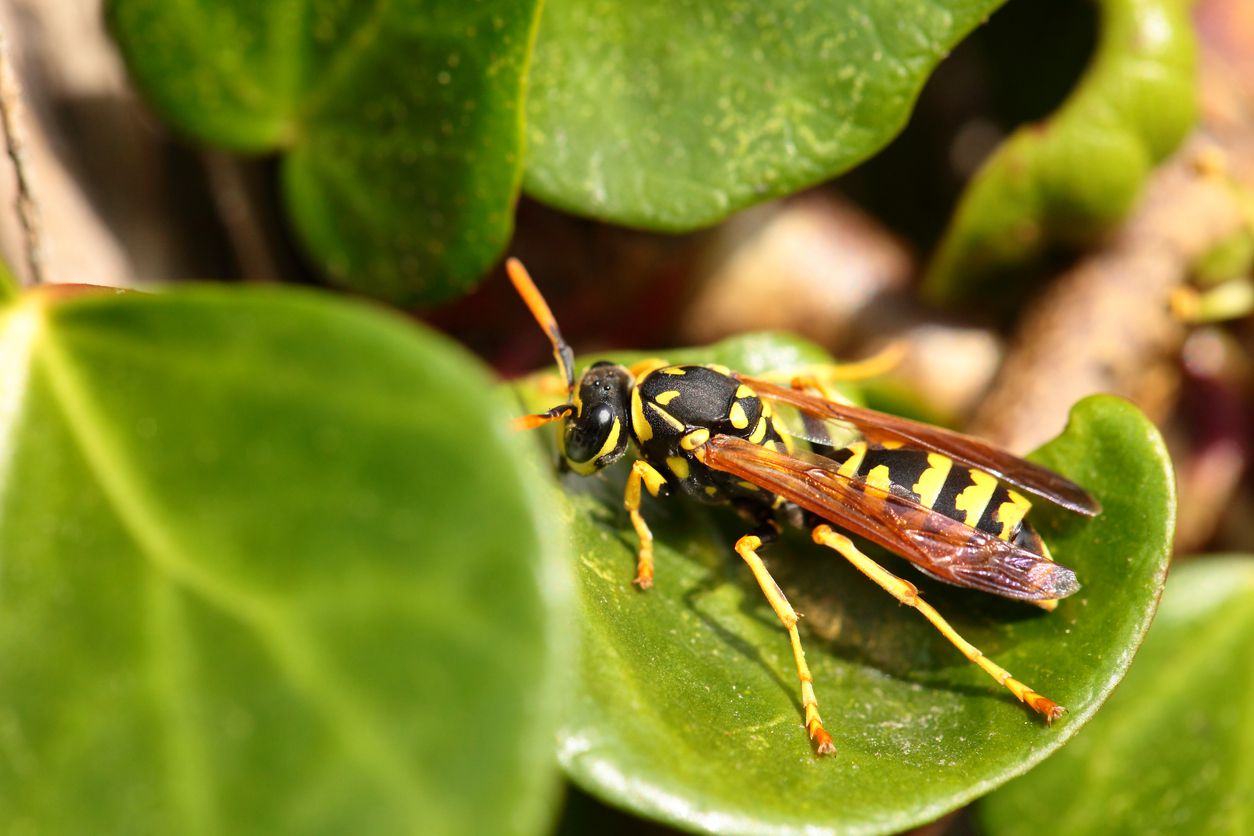
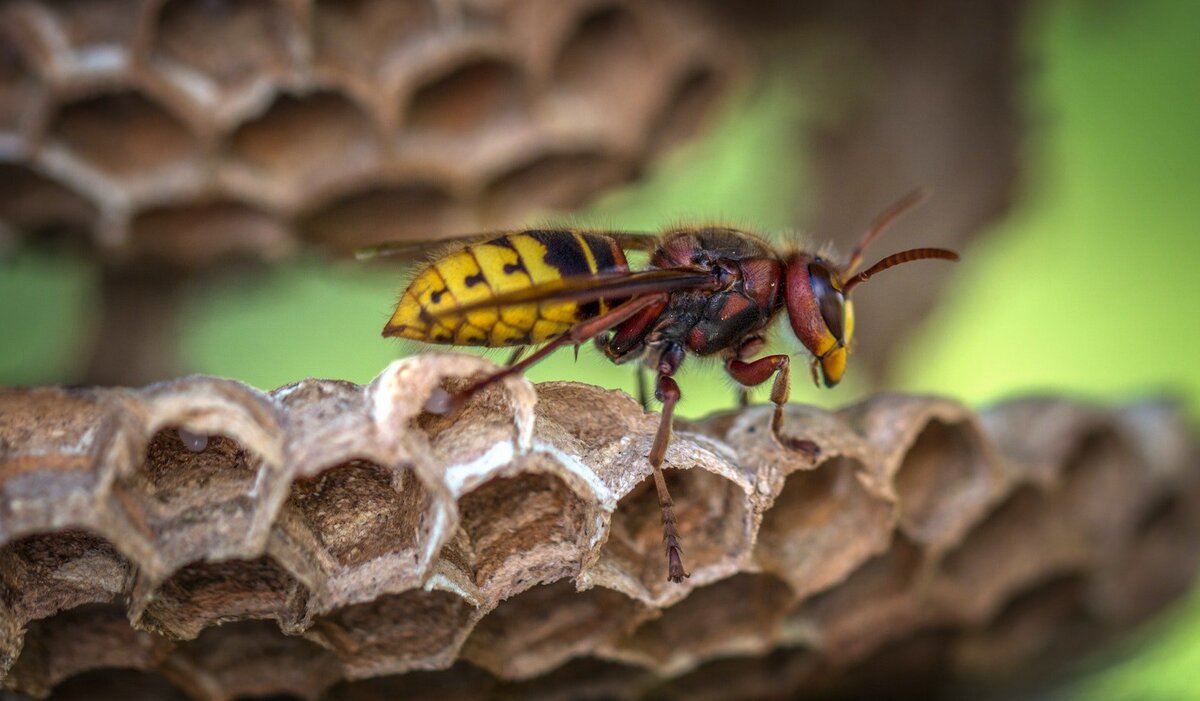
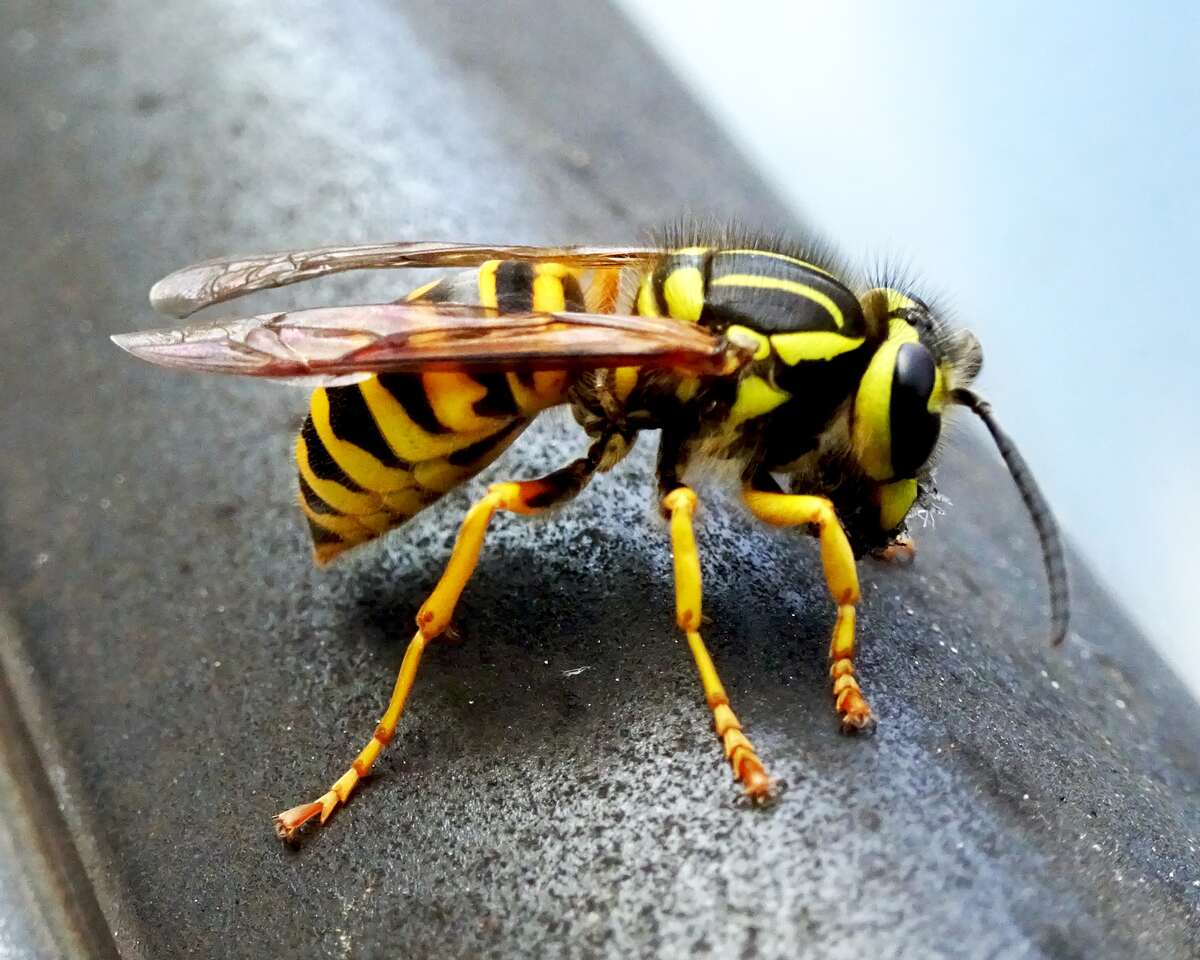
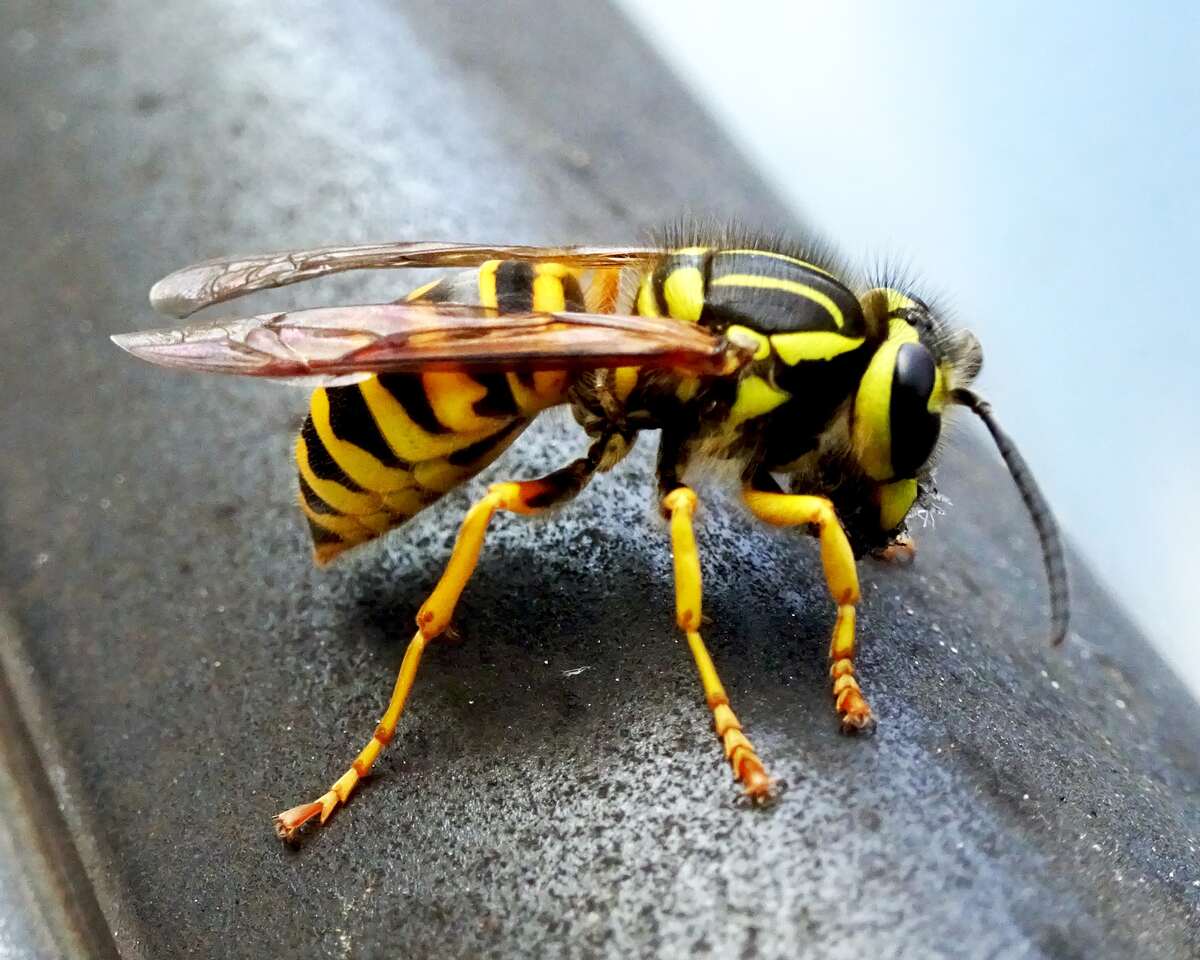
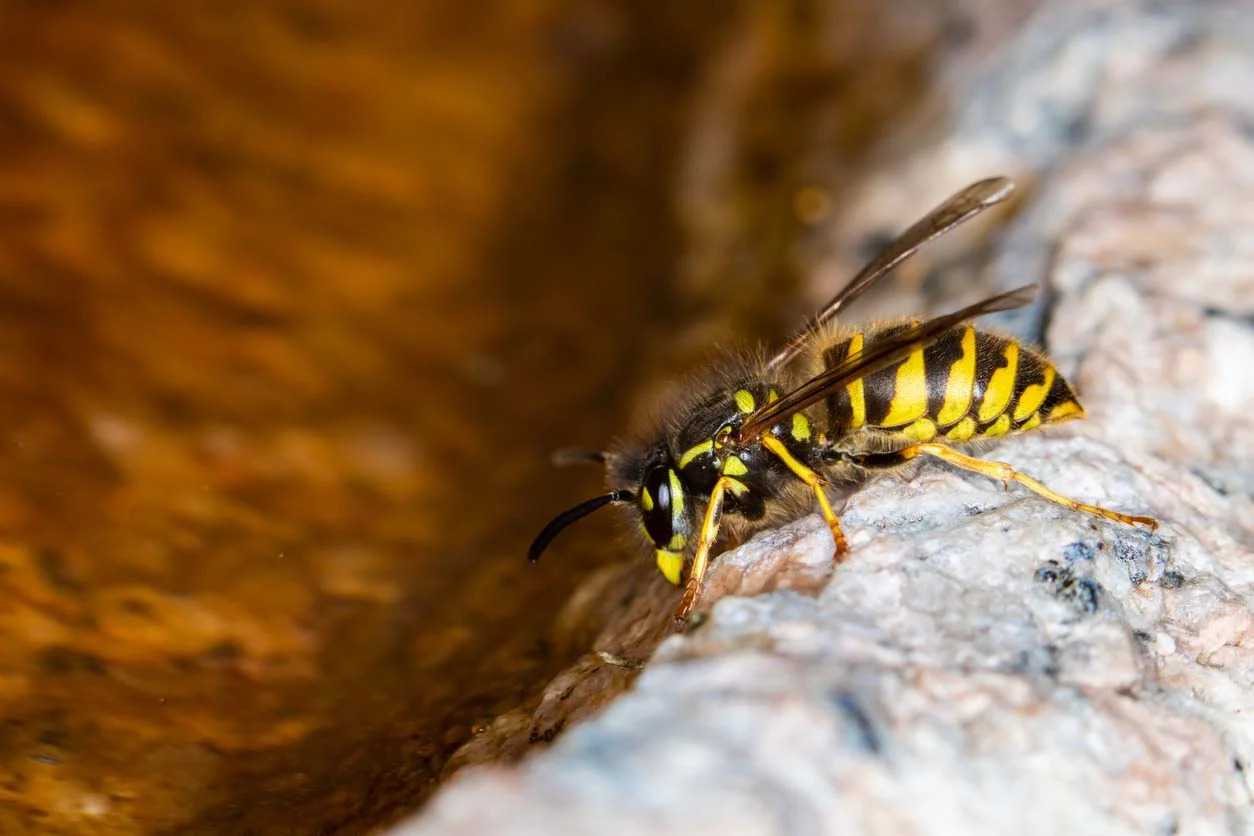
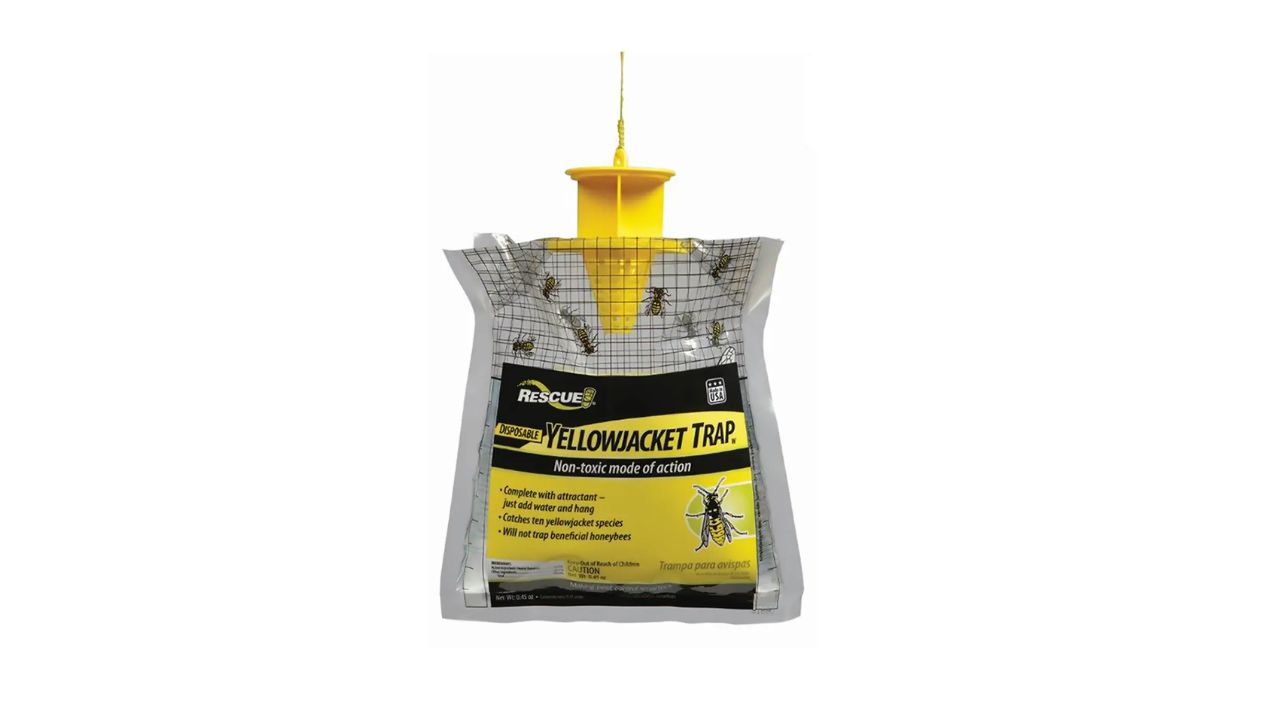
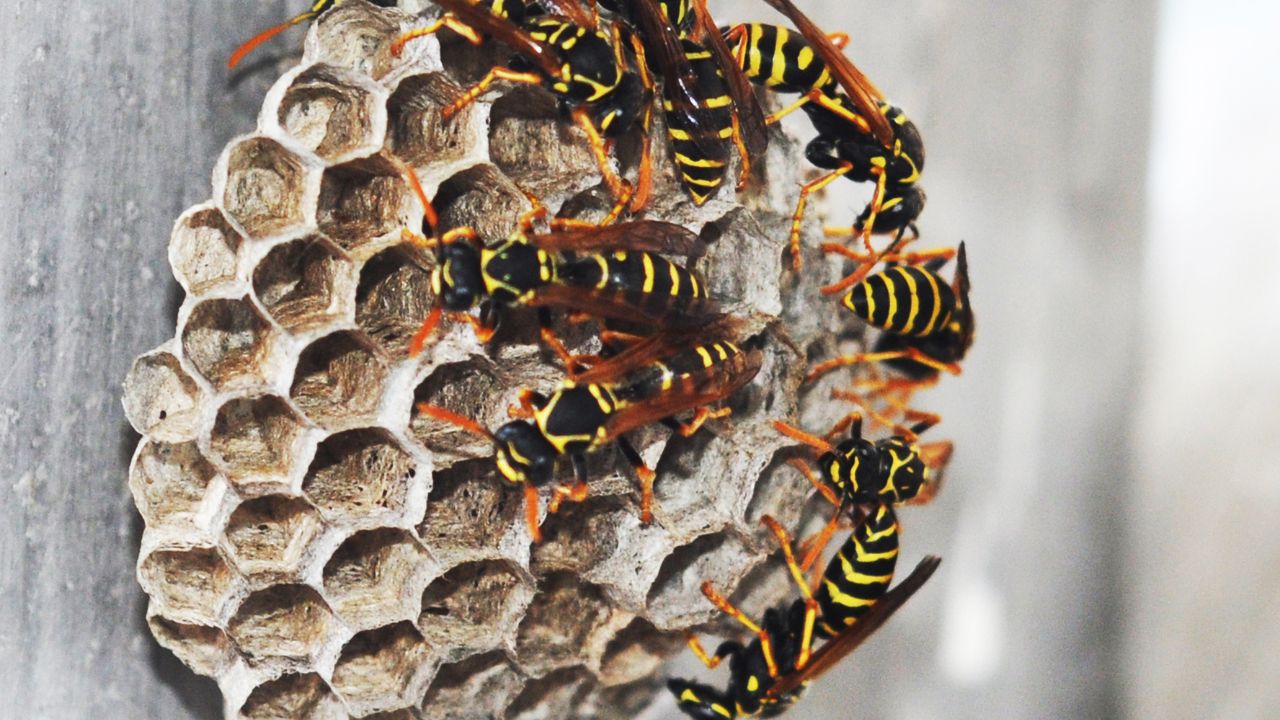
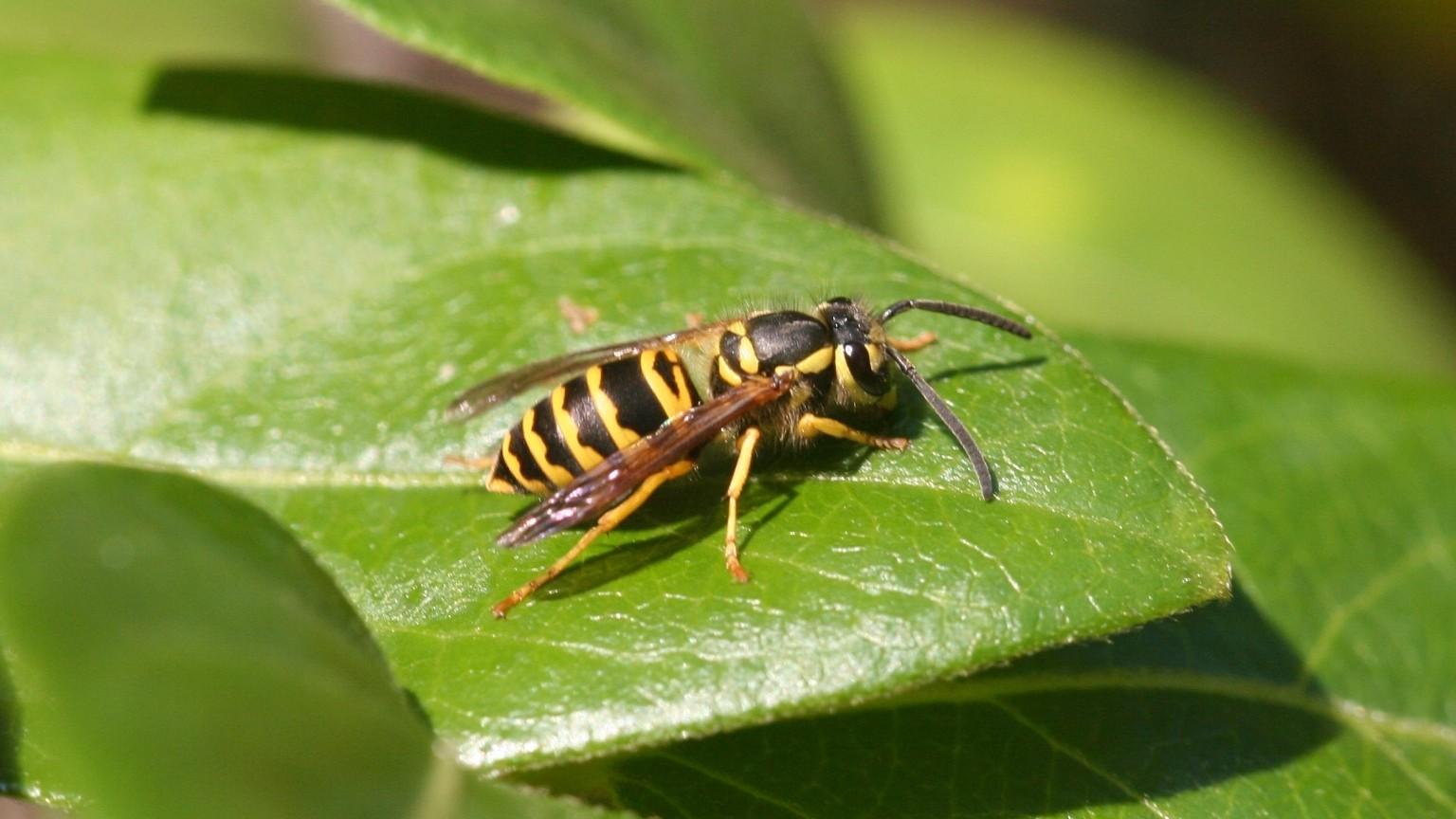
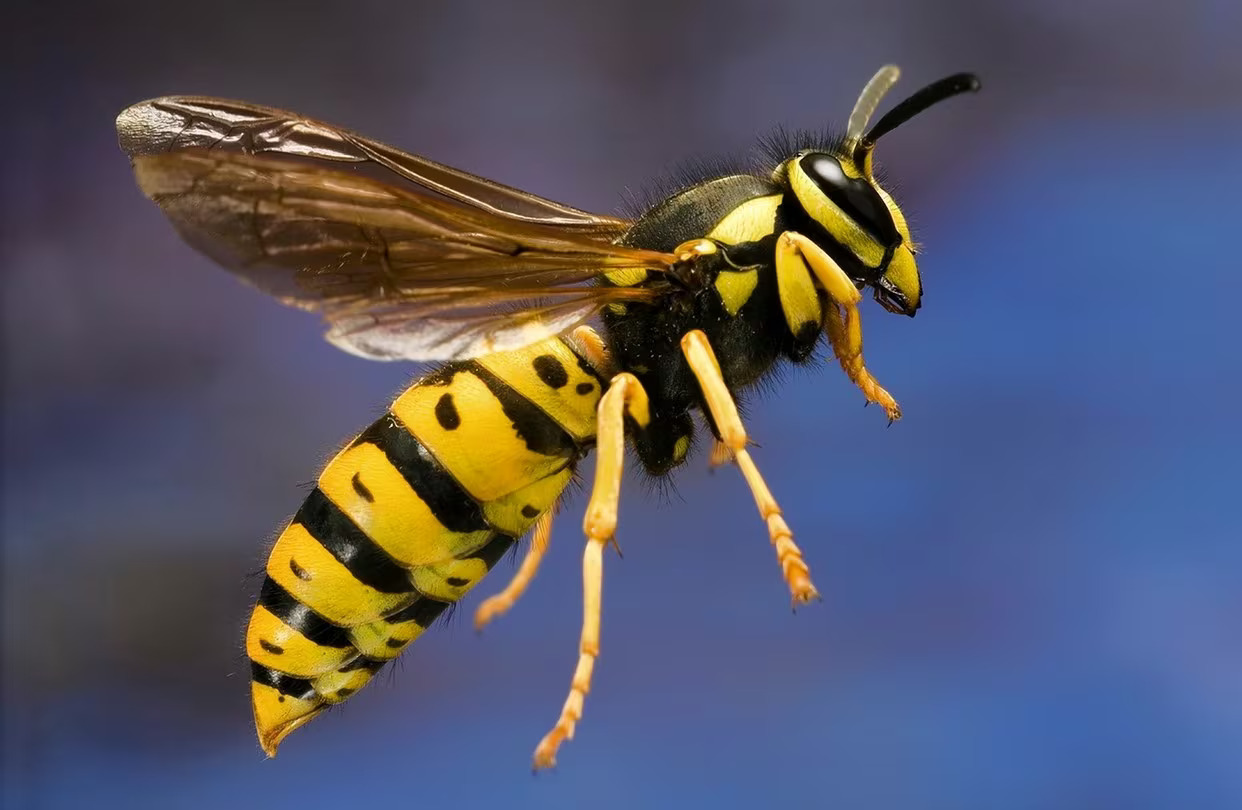
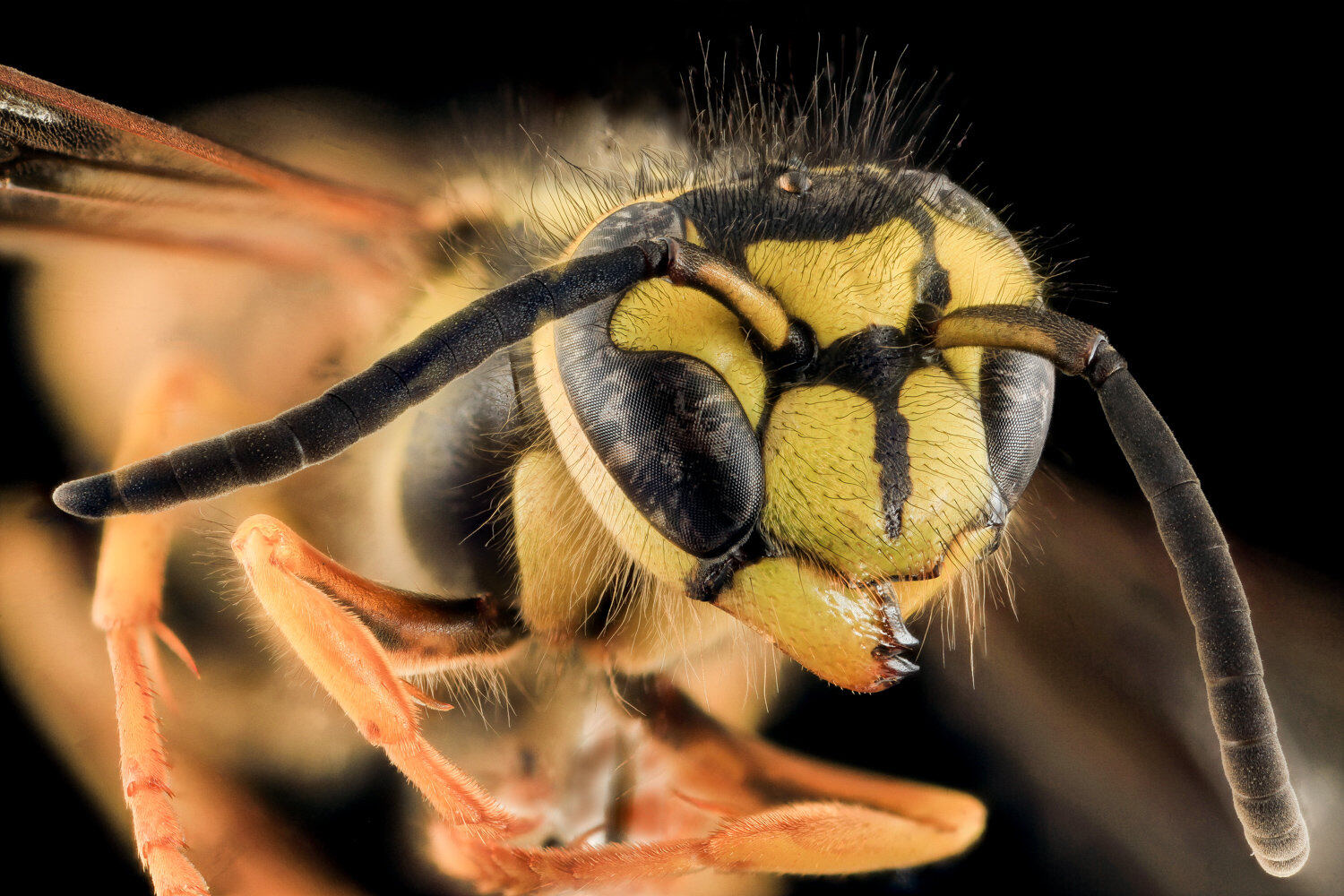
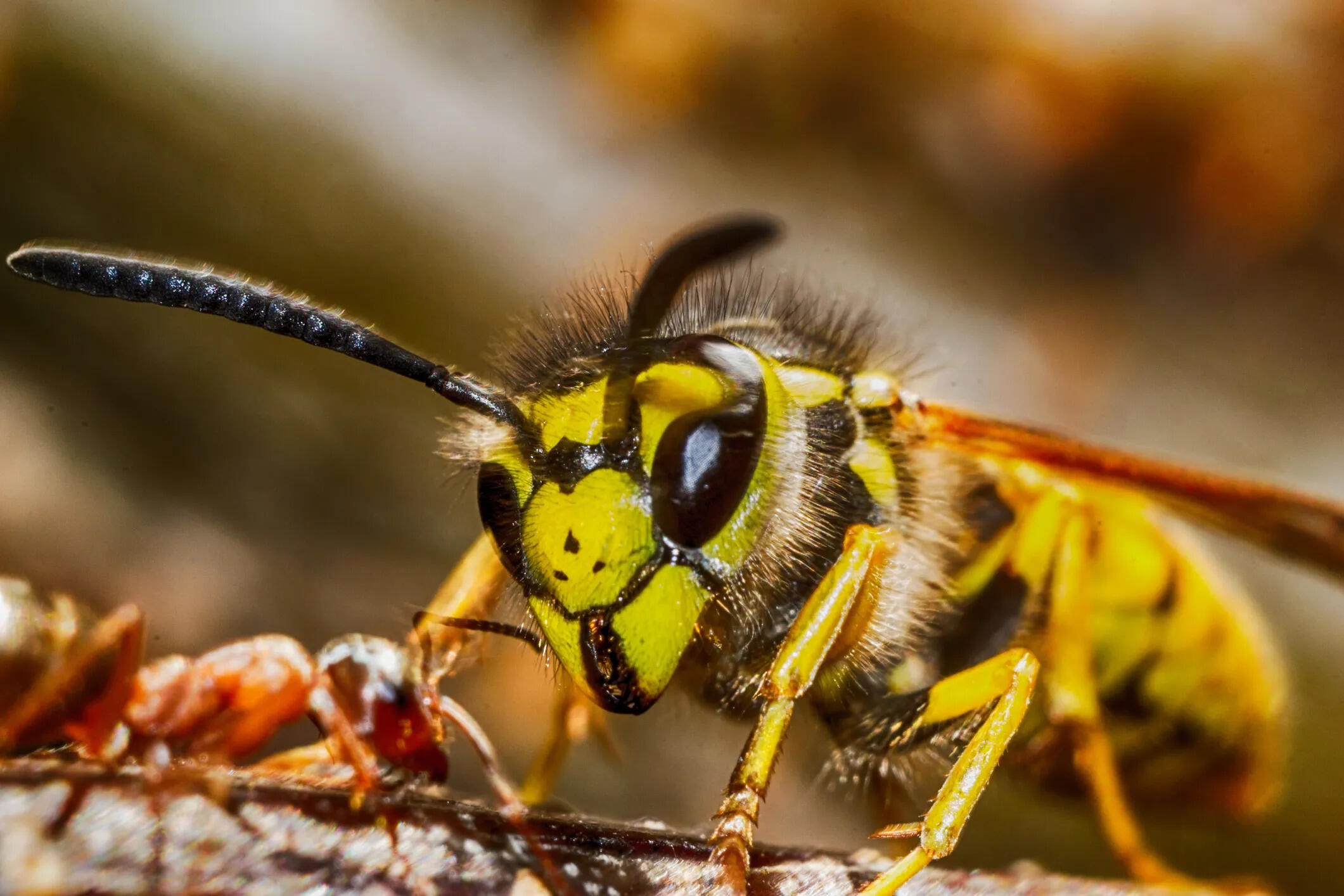
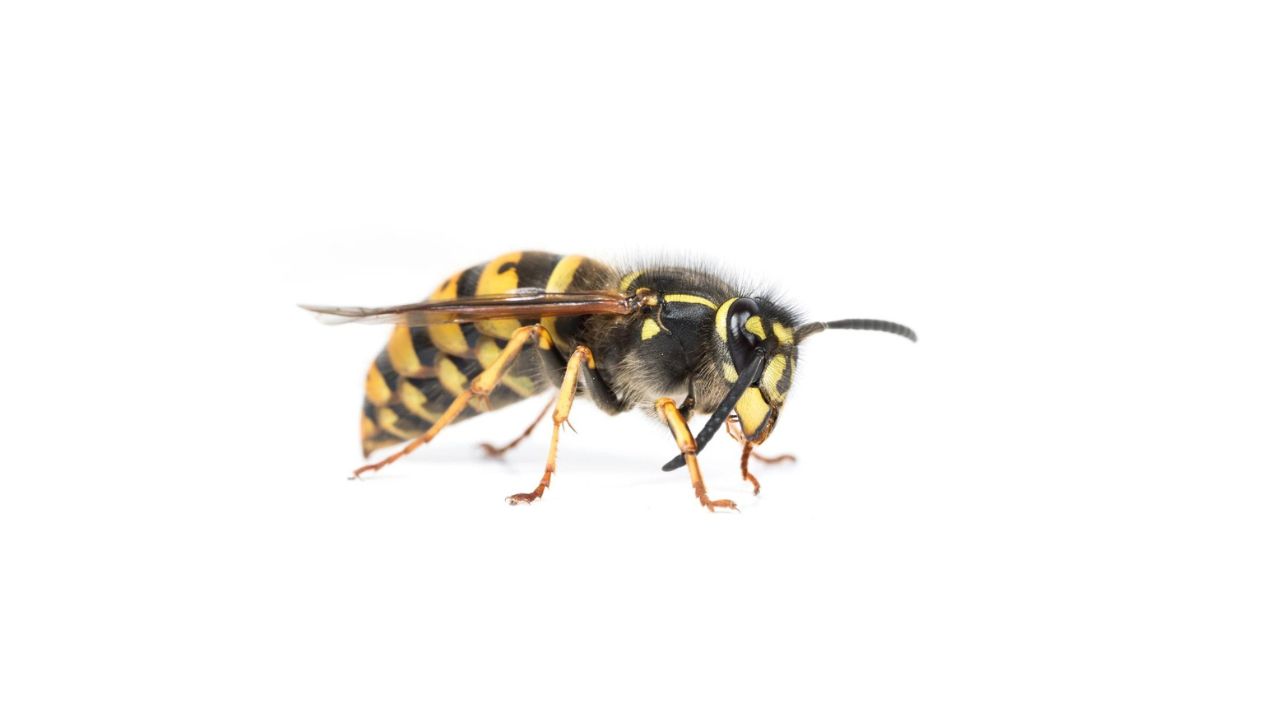
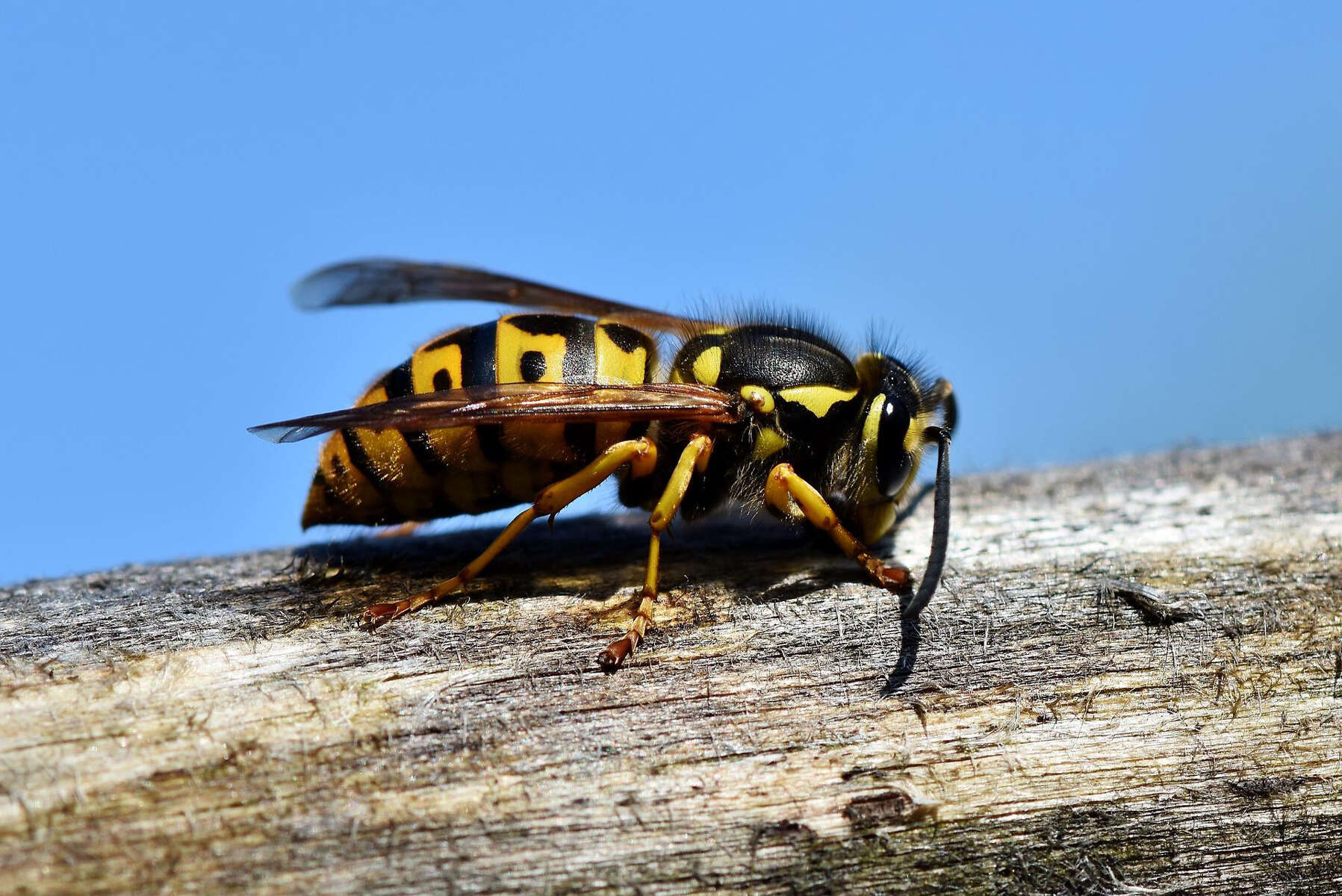
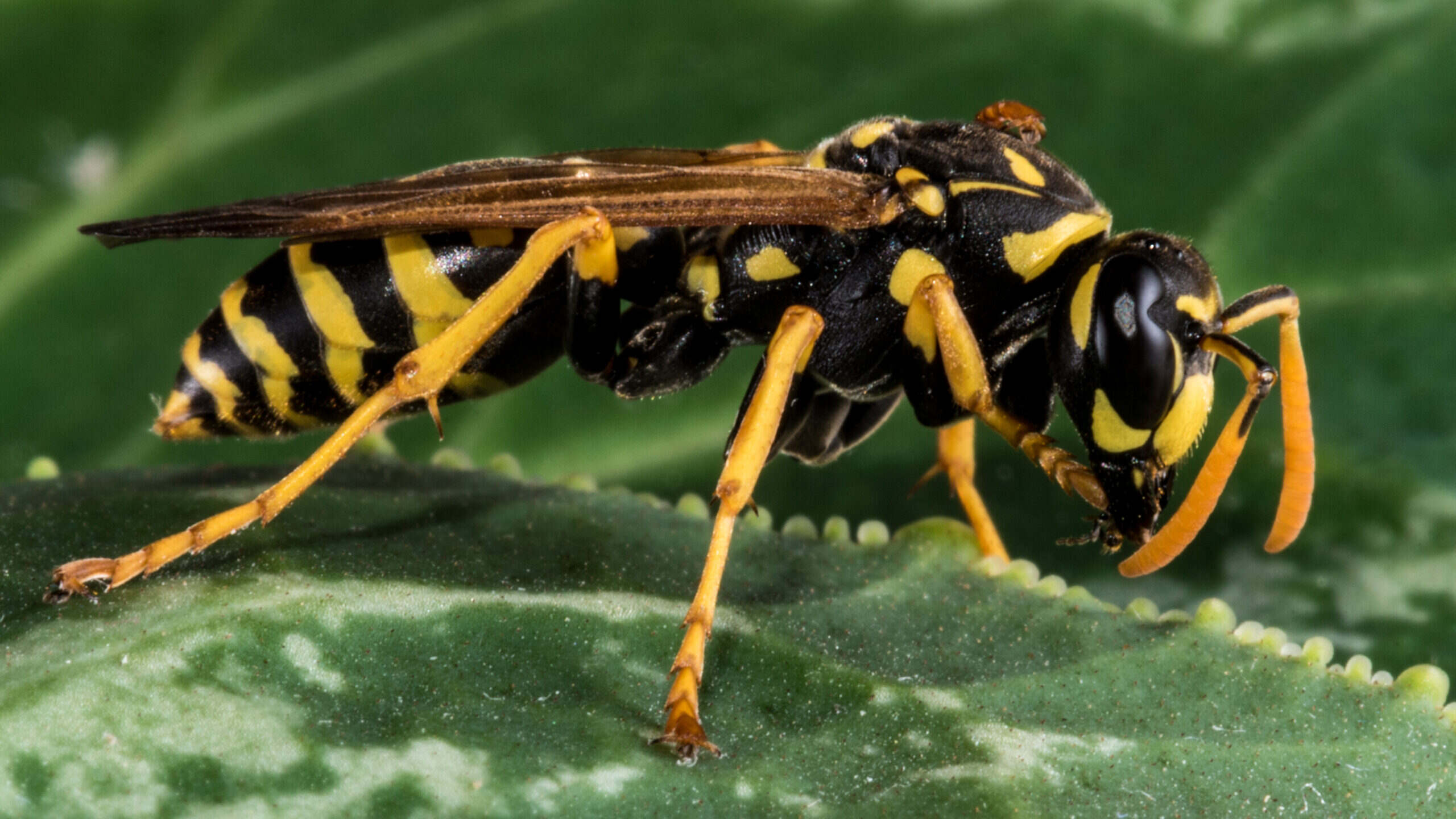

0 thoughts on “When Are Yellow Jackets Active”